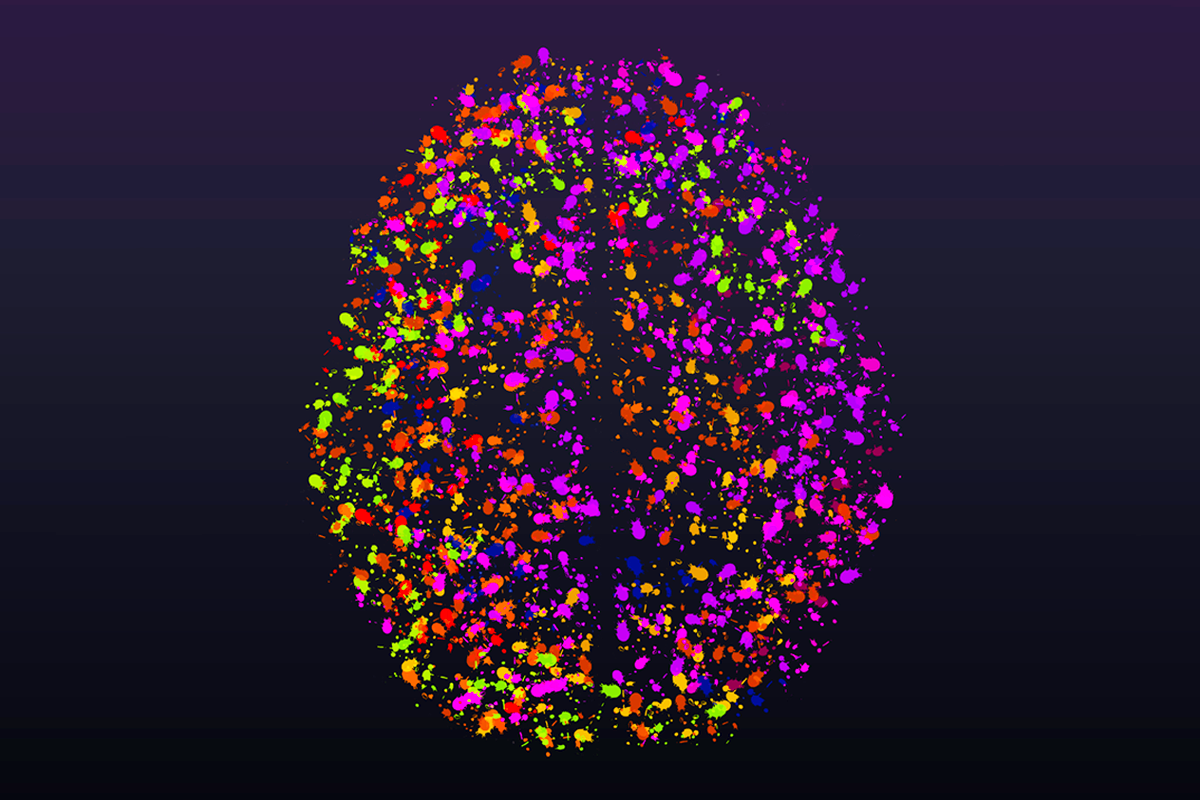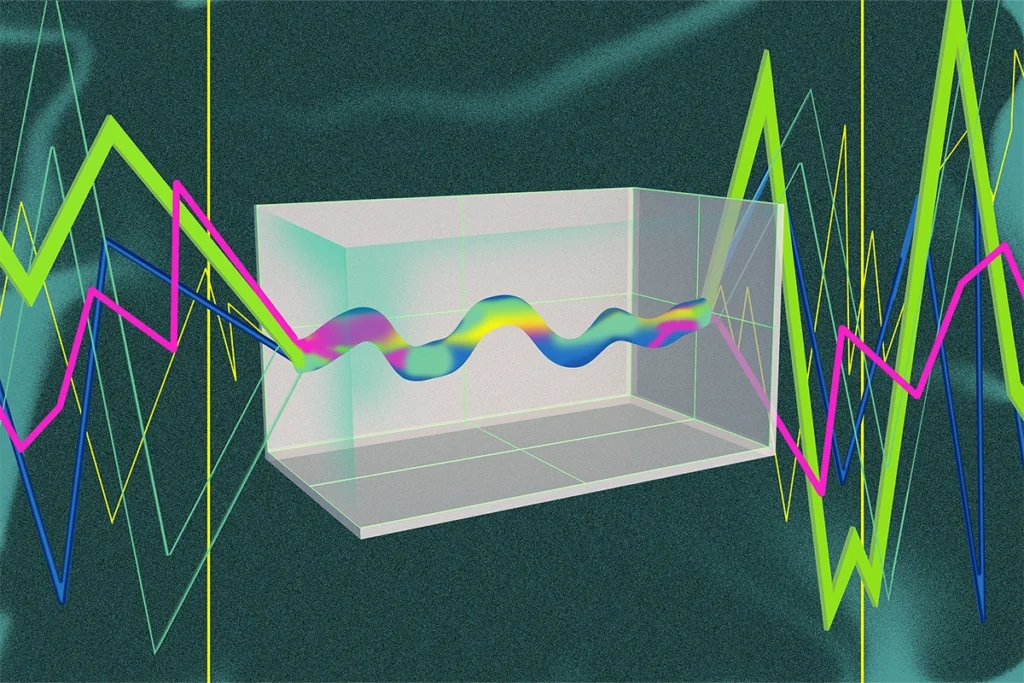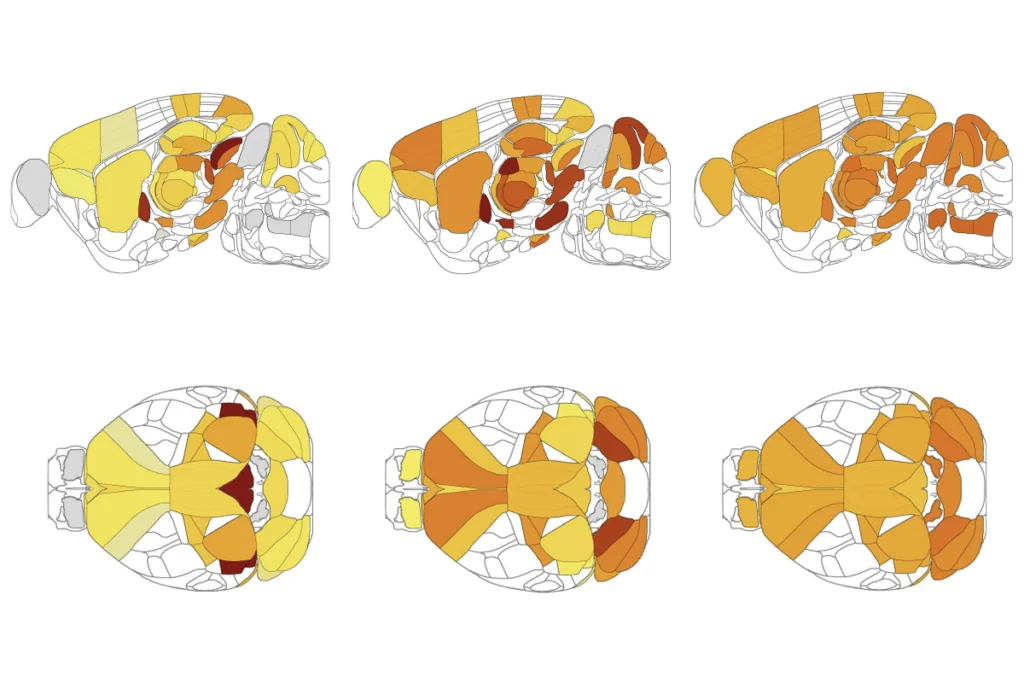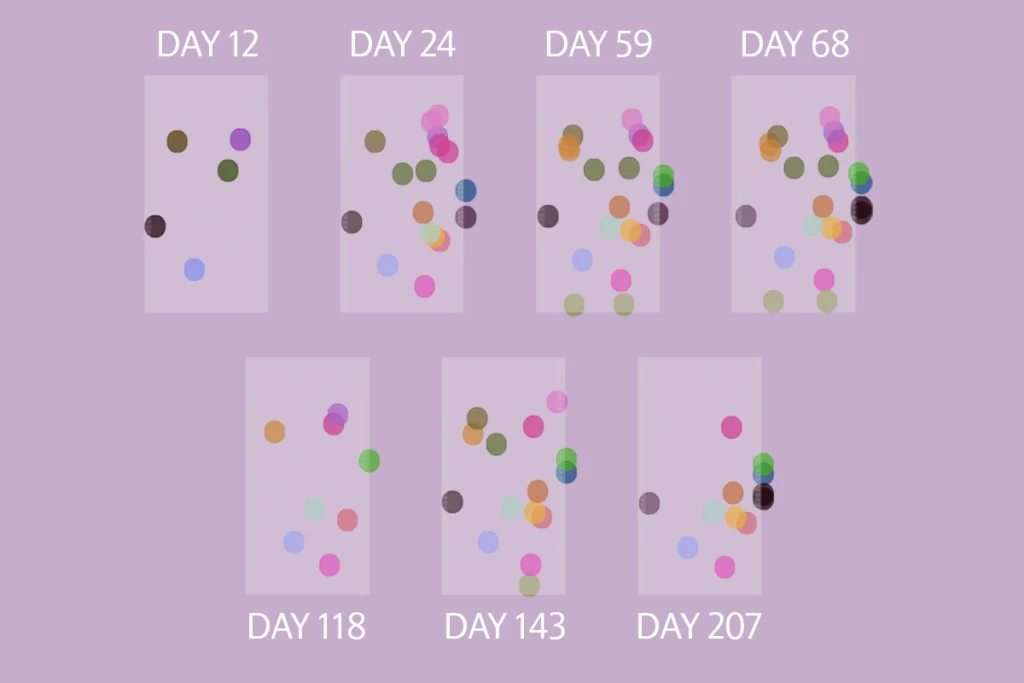The vehemence of the discussion was surprising, says Lorenzo Posani, a postdoctoral researcher at Columbia University, recalling a packed session he co-organized for the 2023 Computational and Systems Neuroscience (COSYNE) conference. The topic—whether neurons can be functionally categorized—has long divided the field, he says, but “you could feel by the energy in the room that this issue was anything but settled.”
On one side of the debate, workshop-goers in support of functional specialization cited reports of cells in the visual cortex that selectively fire in response to an object moving in one direction or another, or neurons in the prefrontal cortex that tune in to confidence and reward and fire only when rats make decisions, according to a 2019 Nature paper and a corroborative 2021 eLife study.
But other attendees—Posani included—argued that these specialized neurons are the exception, not the norm. The studies that document them typically involve lowering a single electrode into the brain—an approach that can overlook the cells’ quieter neighbors, which respond to a range of stimuli, says Posani’s colleague, Liam Paninski, professor of statistics and neuroscience at Columbia University.
The matter remains unresolved, but the advent of multi-electrode probes has made the multipurpose cells Paninski notes all the more apparent. Indeed, Neuropixels recordings reveal that much of the mouse cerebral cortex comprises non-selective neurons, according to a preprint that Posani, Paninski and their colleagues posted on bioRxiv in November.
The findings make sense from an evolutionary perspective, says Anne Churchland, professor of neurobiology at the University of California, Los Angeles, who was not involved in the analysis but helped to generate the electrophysiology dataset on which it’s based. “From the point of view of how to organize the brain, it’s easier if things are less structured, where you don’t need precise targeting of axons,” she says.
P
osani and his colleagues analyzed neuronal recordings from 43 regions of the mouse cortex—a dataset made publicly available by the International Brain Laboratory consortium. The recordings captured activity while mice rotated a wheel to center an image on a screen to receive a reward.The team compared the response profiles of individual neurons and groups of cells that respond in a similar way. Everywhere except in the primary sensory areas, the neuronal firing appeared as an undefined blob. Yet when the team panned out to compare response profiles across different brain areas, clusters of functionally similar cells emerged. The findings suggest that structure exists at the macroscale but that on a regional scale most neurons are multifunctional.
The group then developed a mathematical model to relate these patterns to how the brain encodes information—either in a low-dimensional way, in which the response of each neuron can be described using a linear combination of a few variables, or using a high-dimensional representation that requires many more parameters.
Brain regions that respond in a less selective way form high-dimensional neural representations, the study proposes. Encoding information in this way makes brains more flexible, says co-lead investigator Stefano Fusi, professor of neuroscience at Columbia University. “You can implement any input-output function that is based on the same representation. You don’t have to relearn every time you switch to a different task.”
That flexibility has been observed previously in primate studies: Monkeys that excel at a memory task have highly structured representations, and that dimensionality dips when the animals make a mistake, according to past work from Fusi’s lab.
N
ow that the researchers have an established pipeline, they can repeat the analysis to see if the findings hold true in subcortical structures, or when other species—including people—perform more complex tasks, they say.And combining their analyses with tools to identify molecularly defined cell types—such as spatial transcriptomics—researchers could unravel the relationship between neuronal subtypes and their function. Although the tools to match functional recordings to molecular profiles have not yet been developed, it’s a promising area for future work, the team says.
For now, researchers might want to reassess how they think about neuronal categories, says Benjamin Yost Hayden, professor of neurosurgery at Baylor College of Medicine, who was not involved in the work. For example, weighing the value of two possible outcomes is thought to depend on a cluster of abstract value neurons. Yet in a risky choice task, the brain employs a diverse population of neurons rather than an individual cluster, according to research by Hayden’s team.
But Fusi and his colleagues won’t rule out neuronal selectivity in more realistic computations. “It’s possible that when you have a more emotional, real-world situation, where neuromodulators play a more important role, neurons might respond in a different way,” he says.
The team agrees that researchers need to take care naming neurons. Often, categories can help scientists simplify and explain their research, but neuronal responses are diverse and likely play an important role, Fusi says. “We are giving them an important warning. Don’t reduce everything to the label you attach to neurons.”




